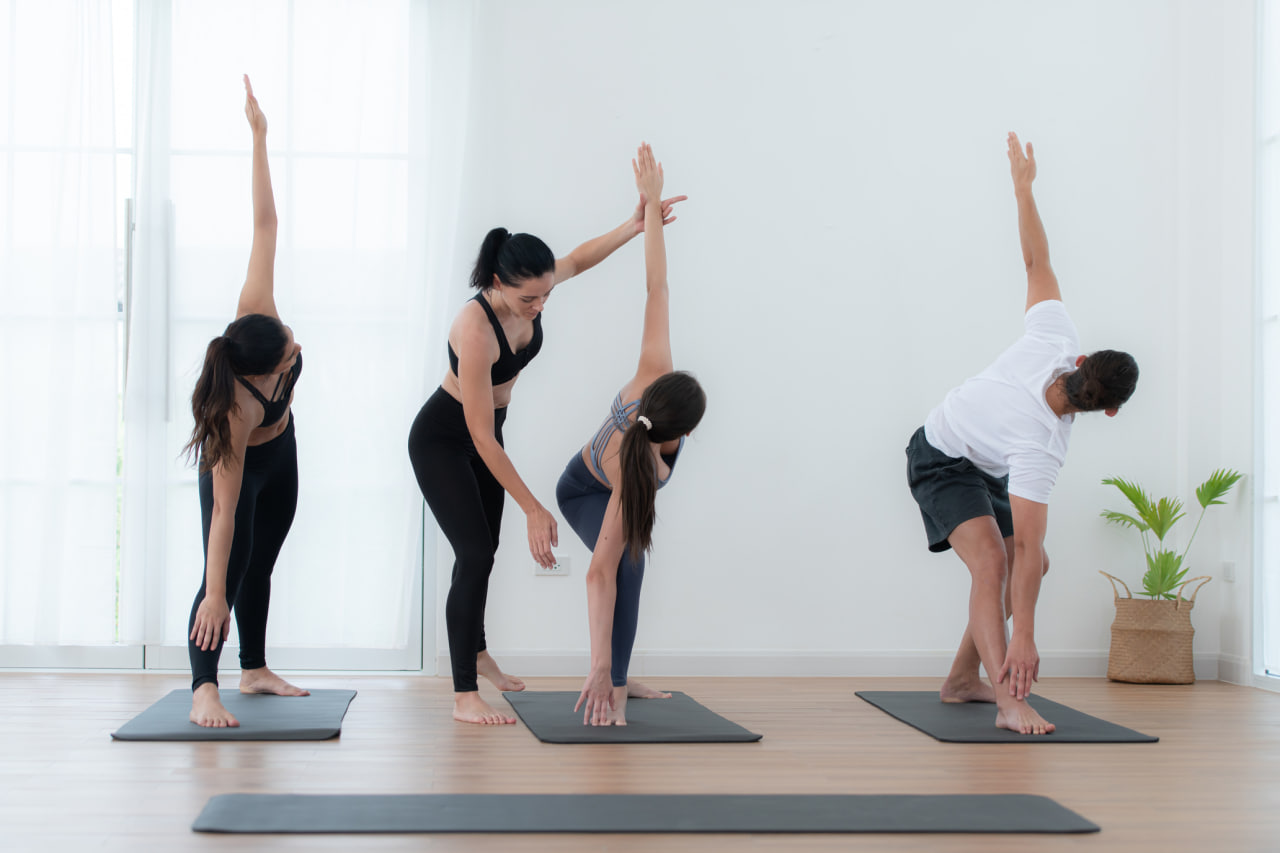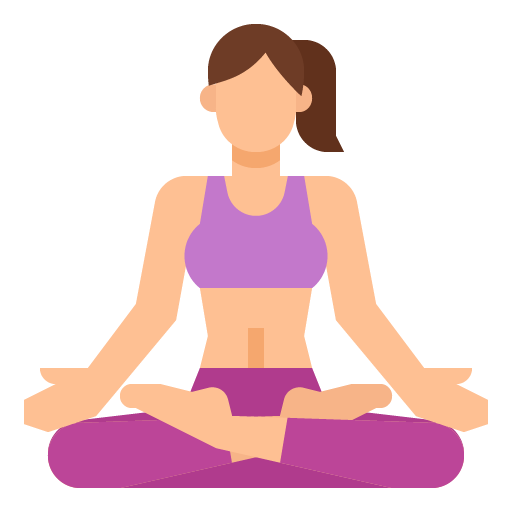Book Appointment Now

The Benefits of Stretching: Why Flexibility is Key to Your Health
When we think of flexibility, the first image that often comes to mind is someone effortlessly bending their body into intricate yoga poses or gymnasts performing graceful splits. However, flexibility is far more than just a physical trait—it plays a vital role in our overall health and well-being. Stretching is one of the simplest yet most effective ways to improve flexibility, and the benefits extend far beyond just being able to touch your toes.
In this blog, we’ll explore why stretching is crucial for your health and how incorporating it into your daily routine can enhance both your physical and mental state.
1. Improved Range of Motion
Flexibility is essentially the ability of your muscles and joints to move through their full range of motion. The more flexible you are, the more easily your joints can move, and the more fluid your movements will become. Regular stretching helps increase your range of motion, allowing you to perform everyday activities with ease. Whether you’re reaching for something on a high shelf, bending down to pick something up, or simply walking up stairs, increased flexibility makes movement more efficient and comfortable.
Over time, a limited range of motion can lead to stiffness and discomfort. Stretching regularly prevents this, helping your muscles and joints remain supple and agile, reducing the likelihood of strain or injury.
2. Reduced Risk of Injury
One of the most significant benefits of stretching is its ability to prevent injury. When your muscles are stiff and tight, you’re more prone to strains, sprains, and other injuries. Stretching helps to lengthen and relax the muscles, allowing them to move more freely. By maintaining or improving your flexibility, you reduce the tension in your muscles, which lowers the risk of pulling or overstretching a muscle during exercise or daily activities.
Dynamic stretches before a workout, such as leg swings or arm circles, warm up the muscles and prepare them for movement, reducing the chance of injury. Static stretching after a workout helps to cool down the muscles and maintain their elasticity, ensuring that they remain flexible and less susceptible to strains.
3. Improved Posture
Tight muscles can lead to poor posture, contributing to discomfort and back pain. For example, tight hip flexors and hamstrings can cause the pelvis to tilt forward, leading to an exaggerated curve in the lower back. This can result in chronic pain and discomfort.
Stretching helps to release tightness in muscles that affect posture, such as the hip flexors, chest, and lower back. By improving flexibility in these areas, you can correct misalignments in your posture. As your body becomes more balanced and aligned, you’ll stand taller and move more naturally, which will also help alleviate pressure on the spine and reduce muscle strain.
4. Increased Blood Flow and Circulation
Stretching is an excellent way to boost blood flow to your muscles. When you stretch, you’re essentially encouraging blood to flow into the muscle tissues, promoting better circulation. Increased blood flow helps deliver oxygen and nutrients to your muscles and other tissues, aiding in their recovery and growth. It also helps remove waste products like lactic acid that build up in muscles during exercise, which can contribute to soreness.
Better circulation also improves the functioning of your cardiovascular system. It can enhance your overall energy levels, making you feel more alert and less fatigued throughout the day. Regular stretching can even contribute to better skin tone, as enhanced circulation ensures that nutrients reach the skin’s surface more effectively.
5. Enhanced Muscle Performance
Stretching not only makes your muscles more flexible but also helps them perform better. When your muscles are flexible, they can contract and expand more efficiently, which leads to improved muscle function. Flexibility enables muscles to work at their full potential, which is crucial for both athletic performance and day-to-day activities.
For athletes, increased flexibility can lead to better performance in sports like running, swimming, cycling, and even team sports. It allows for quicker, more efficient movements and enhances coordination and balance. In non-athletes, improved flexibility contributes to more fluid, coordinated movements, making everyday tasks easier and less strenuous.
6. Stress Relief and Improved Mental Health
Stretching is not only beneficial for the body; it has a profound effect on the mind as well. When we’re stressed, our muscles tend to contract, particularly in areas like the neck, shoulders, and back. Over time, this tension can cause discomfort and even pain. Stretching helps release this muscle tightness and promotes relaxation.
Furthermore, stretching encourages mindful movement, which can help calm the nervous system and reduce anxiety. Practices like yoga or gentle stretching can serve as a form of moving meditation, helping you focus on your breath and bring your attention to the present moment. This mindful approach can reduce feelings of stress, promote mental clarity, and improve your overall emotional well-being.
7. Better Sleep Quality
A stretching routine, particularly when done in the evening, can contribute to better sleep quality. Stretching before bed can relax the body and release the tension accumulated during the day, preparing you for a restful night’s sleep. The calming effects of stretching help lower stress levels, which in turn can improve your ability to fall asleep and stay asleep.
Gentle stretches, such as a forward fold or gentle neck stretches, can signal to your body that it’s time to wind down and relax. This helps to regulate your body’s internal clock and improve the quality of your sleep, leaving you feeling refreshed and energized when you wake up.
How to Start Incorporating Stretching into Your Routine
If you’re not currently incorporating stretching into your daily routine, it’s never too late to start. Here are a few tips to get you started:
- Start Slow: Begin with gentle stretches and gradually increase intensity as your flexibility improves. Don’t force any stretch, and listen to your body to avoid injury.
- Make It a Habit: Set aside time each day for stretching. Morning and evening routines are excellent times to include stretching, but you can also incorporate stretches throughout your day, especially if you’re sitting for long periods.
- Mix It Up: Include both dynamic stretches (such as leg swings and arm circles) and static stretches (such as forward bends and lunges) to ensure a well-rounded routine.
- Breathe: Remember to breathe deeply while stretching. Proper breathing helps relax the muscles and enhances the stretch.
